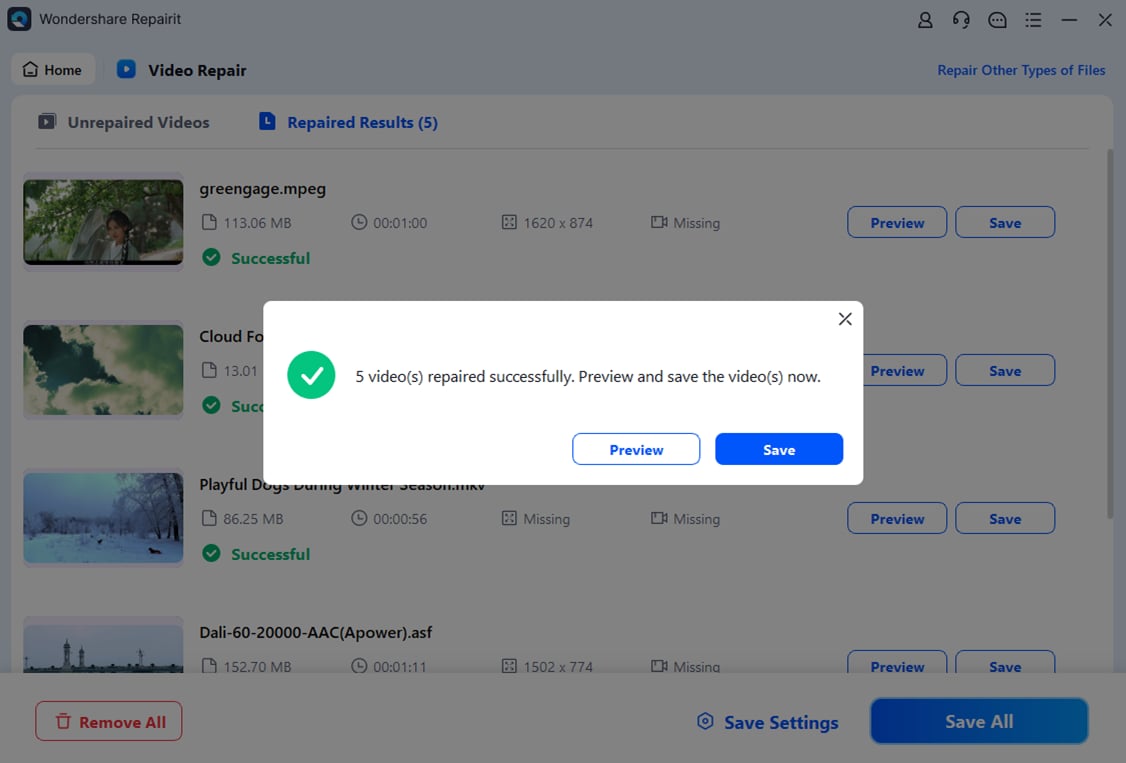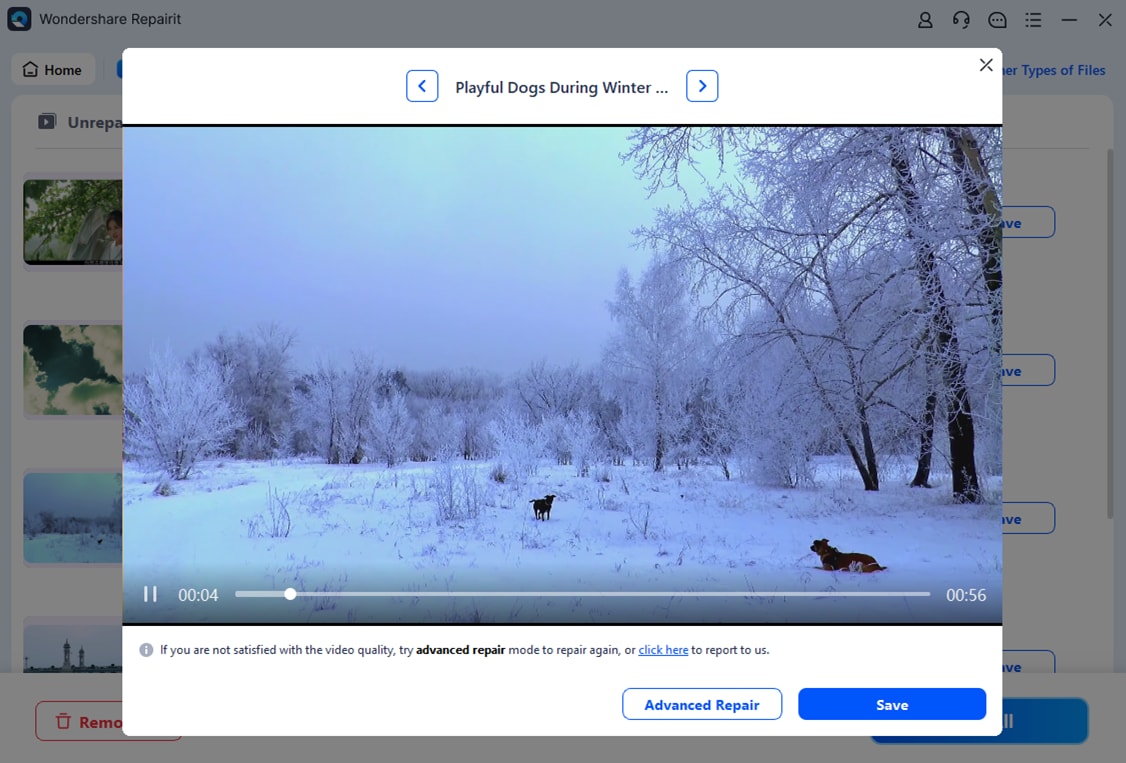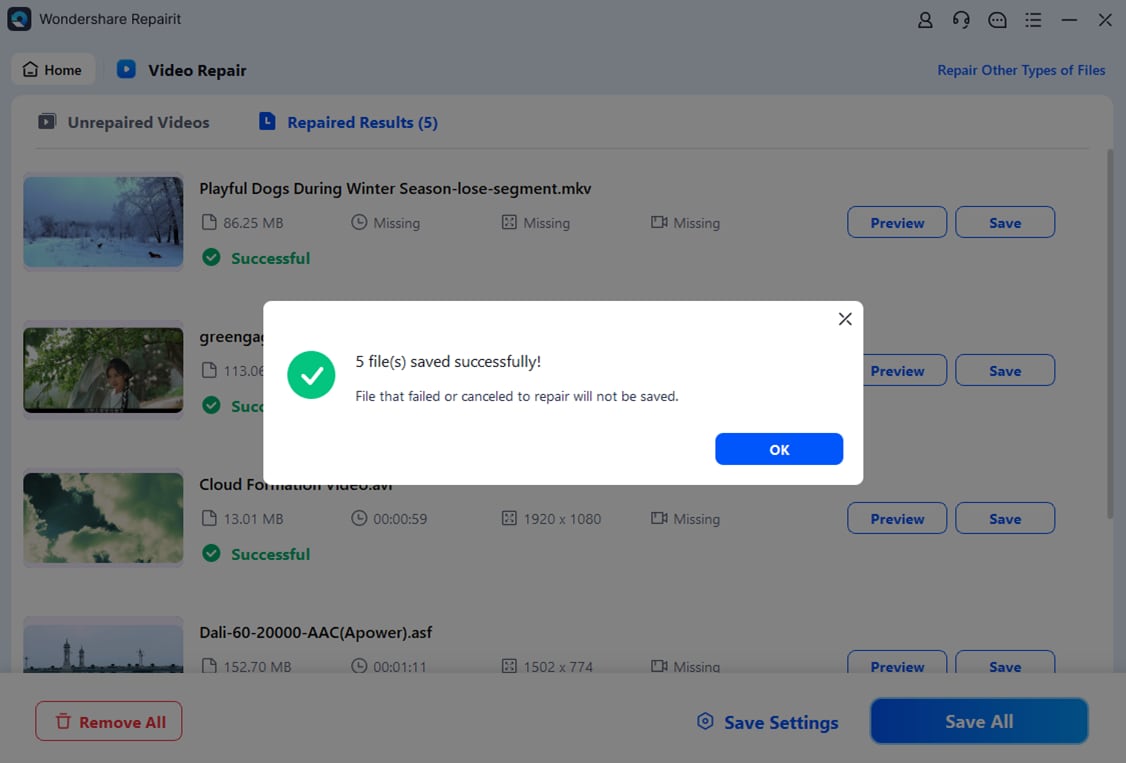MPEG video is also called the Moving Picture Experts Group. It is a popular way to make audio and video files smaller without losing quality. It lets you have high-quality videos without taking up too much space. It makes watching videos online smoother, helps save storage on devices, and makes sending videos faster.
Since it started, it's been getting upgrades to keep up with new technology. This means clearer videos and faster streaming for us. So, whether you're watching videos on your phone or sharing them with friends, MPEG is the reason it all happens seamlessly.
In this article
Understanding MPEG Video Format

An MPEG file, or MPEG video file, is a digital format using the Moving Picture Experts Group (MPEG) standards. It's like a tech rulebook for compressing videos.
MPEG squeezes videos by removing some details to make them smaller (we call this "lossy compression"). This helps save space and makes streaming videos online easier. Think of it like packing a suitcase efficiently.
There are different versions of MPEG, like MPEG-1, MPEG-2 and MPEG-4. Each version has its way of squeezing videos, and they come with different quality levels. Here are the differences among the 3 versions.
| Feature | MPEG-1 | MPEG-2 | MPEG-4 |
| Year Released | 1992 | 1994 | 1999 |
| Primary Use | Video and Audio compression | Broadcast television | Multimedia compression |
| Compression | Lossy video and audio | Lossy video and audio | Lossy video and audio |
| Resolution | Up to 352x240 (NTSC) | Up to 1920x1080 (HDTV) | Up to 1920x1080 (HDTV) |
| Bitrate | 1.5 Mbps for video (approx.) | Varies depending on profile | Varies depending on profile |
| Applications | Video CDs, Video streaming | DVD, Digital TV, Video streaming | Internet streaming, Video conferencing |
| Profiles | N/A | Main, Simple, SNR, Spatial | Simple, Advanced Simple, Visual Profiles |
| Key Features | CD-quality audio, Low bitrate | Interlaced video, Higher resolution | Object-based coding, Interactivity, Scene description |
Keep in mind that each MPEG standard brought improvements over its predecessor. MPEG-2 expands on MPEG-1 to support higher resolutions and interlaced video. MPEG-4 introduces more advanced compression techniques, object-based coding, and better support for multimedia applications.
These files keep things speedy by only saving the changes between each video frame instead of storing every single frame. It's a smart way of keeping videos high-quality but not taking up too much space. So, the next time you're watching or downloading a video in 'em-peg' format, you know it's a tech trick to make things quick and efficient.
How Will I Open an MPEG Format Video File
An MPEG format video file needs to be opened so that you can watch or edit its content. Opening the file allows you to experience the video or make changes, such as cutting or merging scenes, adjusting playback speed, or adding subtitles.
You can use MPEG format video files in various settings, such as:
- Media Players: Most standard media players on computers support MPEG files.
- Video Editing Software: Professional or amateur video editing tools can import MPEG files for content creation.
- Streaming Platforms: Some online platforms may require uploading or streaming videos in MPEG format.
- DVD Players: MPEG-2 format is commonly used in DVDs, making it compatible with DVD players.
To watch an MPEG video file, you've got options.
Windows
Below, we will elaborate on how to open an MPEG format video file in Windows using VideoLAN VLC media player.
Step 1: If you don't have VLC Media Player installed on your Windows computer, download and install it from the official VLC website.

Step 2: Open the VLC Media Player program on your Windows computer. You can find it in your Start menu or desktop if you created a shortcut during installation.

Step 3: Click Media at the upper left corner of the VLC media Player window.
Step 4: From the drop-down menu that appears when you click Media, select "Open File...".

Step 5: A new window will pop up. Use the file browser to explore where your MPEG format video file is stored.
Step 6: Once you've located your MPEG video file, select it and click Open with VLC Media Player.
Step 7: VLC will now play your MPEG video file. You can assess the playback using the on-screen controls or the keyboard shortcuts provided by VLC.

You can also employ VideoLAN VLC media player for other operating systems to open MPEG video file format. It is accessible in macOS, Linux, iOS and Android. The steps for accessing the MPEG video file are the same as well. If you want to check for other tools, see the options below.
Mac
- Apple QuickTime Player
- VideoLAN VLC media player
- Roxio Toast 20
- Roxio Popcorn
Linux
- VideoLAN VLC media player
iOS
- VideoLAN VLC media player
- PentaLoop PlayerXtreme Media Player
Android
How to Fix MPEG Format Video Can't Open Issue
Ever had your MPEG video decide it wants a break from opening, leaving you puzzled? This situation leaves you frustrated the whole day. But no worries. Let’s discuss why this issue happens and discover a simple fix with the super handy tool.
Before repairing, let’s first discuss why MPEG can't be opened. Several reasons could contribute to difficulties in opening MPEG video files. Here are some:
- Corrupted MPEG file
- Incomplete download
- Outdated software
- Codec issues
- System compatibility
- File format mismatch
- Insufficient hardware resources (Low processing power or inadequate graphics support)
- Malware or virus
- Lack of file permissions
- Operating system issues: (File association errors or conflicts)
It's annoying but fixable. Now, fixing these issues matters a lot. Your watching experience becomes way better when your videos are patched up. No more glitches or weird pauses – just smooth video fun.
Here, we present to you a reliable tool – Wondershare Repairit. This tool works like magic for your videos. It's specially made to fix those corrupted MPEG videos and bring them back to life. With Wondershare Repairit, saying goodbye to video glitches and hello to smooth watching is as easy as 1-2-3. Your videos deserve to be perfect, and Repairit makes sure they are.

Special Features
- Repairit is so easy to use – just a few clicks, and your video is on the road to recovery.
- It's quick! No one likes waiting, right? Repairit gets your videos back in action in no time.
- It fixes not just MPEG videos but a bunch of other formats too.
Step-by-Step Guide
Step 1: Run Wondershare Repairit Video Repair. Click the +Add button to add the can’t open MPEG videos.

Step 2: Once done, the program will show the details of each MPEG video. Press Repair to start.

After the completion of the MPEG video repair process, press OK to save them.

Step 3: Tap Preview to see first the fixed MPEG videos. See if it can be opened now. If it still cannot be opened, click the Advanced Repair button to upload a sample file with the same format as the corrupted one. Wait for a while until it is fixed. Then, press Save and choose a good saving location.

Wait until the fixed MPEG videos are saved.

This video can help you fix your MPEG video files with a step-by-step guide.
Conclusion
MPEG video format makes videos compact and high-quality. It's widely used on different platforms like streaming services and devices. However, you can have issues in opening or accessing it sometimes.
Fixing MPEG videos is important as it can affect how users enjoy and access content. Repairing these videos keeps digital content intact and makes sure it plays smoothly. Having reliable MPEG files is key, whether it's personal videos or work presentations.
Wondershare Repairit comes to the rescue in such situations. It can easily and quickly fix MPEG video file formats. Download and try it now.
FAQ
-
What are the different MPEG standards?
Common MPEG standards include MPEG-1, MPEG-2, MPEG-4, MPEG-7, and MPEG-21. Each standard is designed for specific applications and has different levels of compression and quality. -
Which devices support MPEG video files?
Most modern devices, including computers, smartphones, tablets, and smart TVs, support MPEG video files. However, the device compatibility may vary depending on the MPEG standard used. -
Are there any alternatives to MPEG for video compression?
Yes. Several other video compression formats exist, such as AVI, WMV, and H.264. The choice depends on intended use, quality requirements, and device compatibility.


 ChatGPT
ChatGPT
 Perplexity
Perplexity
 Google AI Mode
Google AI Mode
 Grok
Grok

